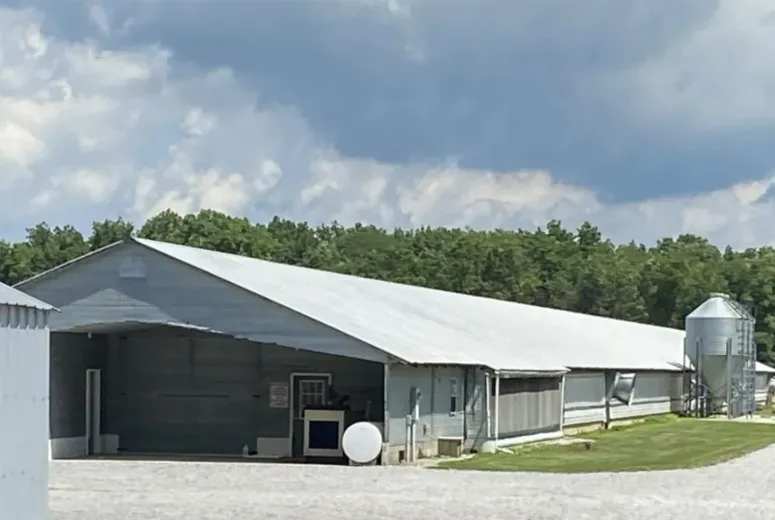- Afrikaans
- Albanian
- Amharic
- Arabic
- Armenian
- Azerbaijani
- Basque
- Belarusian
- Bengali
- Bosnian
- Bulgarian
- Catalan
- Cebuano
- Corsican
- Croatian
- Czech
- Danish
- Dutch
- English
- Esperanto
- Estonian
- Finnish
- French
- Frisian
- Galician
- Georgian
- German
- Greek
- Gujarati
- Haitian Creole
- hausa
- hawaiian
- Hebrew
- Hindi
- Miao
- Hungarian
- Icelandic
- igbo
- Indonesian
- irish
- Italian
- Japanese
- Javanese
- Kannada
- kazakh
- Khmer
- Rwandese
- Korean
- Kurdish
- Kyrgyz
- Lao
- Latin
- Latvian
- Lithuanian
- Luxembourgish
- Macedonian
- Malgashi
- Malay
- Malayalam
- Maltese
- Maori
- Marathi
- Mongolian
- Myanmar
- Nepali
- Norwegian
- Norwegian
- Occitan
- Pashto
- Persian
- Polish
- Portuguese
- Punjabi
- Romanian
- Russian
- Samoan
- Scottish Gaelic
- Serbian
- Sesotho
- Shona
- Sindhi
- Sinhala
- Slovak
- Slovenian
- Somali
- Spanish
- Sundanese
- Swahili
- Swedish
- Tagalog
- Tajik
- Tamil
- Tatar
- Telugu
- Thai
- Turkish
- Turkmen
- Ukrainian
- Urdu
- Uighur
- Uzbek
- Vietnamese
- Welsh
- Bantu
- Yiddish
- Yoruba
- Zulu
Nov . 26, 2024 04:28 Back to list
Steel Manufacturing and Warehousing A Comprehensive Overview
Steel manufacturing is a pivotal sector in the global economy, providing essential materials for construction, automotive, aerospace, and numerous other industries. The process is complex and involves several stages, from raw material extraction to the final production of steel products. In conjunction with manufacturing, warehousing plays a crucial role in ensuring that steel products are stored and distributed effectively, meeting the demands of an ever-growing market.
The Steel Manufacturing Process
Steel production typically begins with the extraction of iron ore, which is then processed to remove impurities. The two primary methods for manufacturing steel are the blast furnace method and the electric arc furnace (EAF) method.
1. Blast Furnace Method This traditional method involves smelting iron ore with coke and limestone at high temperatures. The resulting molten iron is then further processed to produce steel. This method is known for its high capacity and ability to produce large quantities of steel, but it is energy-intensive and has a higher carbon footprint.
2. Electric Arc Furnace Method In contrast, the EAF method utilizes recycled scrap steel as its primary raw material. Electricity is used to melt the scrap into molten steel. This method is more sustainable and flexible, allowing for smaller production runs and the immediate recycling of steel products. As the demand for recycled materials rises, the EAF process is becoming increasingly popular.
Quality Control in Steel Manufacturing
Ensuring the quality of steel is paramount, given its wide-ranging applications. Steel manufacturers implement rigorous quality control measures throughout the production process. This includes continuous monitoring of chemical compositions, mechanical properties, and surface quality. Advanced technologies such as artificial intelligence and automated systems are often employed to enhance precision and efficiency, reducing the potential for human error.
The Importance of Warehousing
steel manufacturing & warehouse

Once manufactured, steel products require effective warehousing solutions to ensure they are stored safely and maintained in optimal conditions. Warehousing is critical for several reasons
1. Inventory Management Steel products come in various shapes, sizes, and grades. Effective warehousing systems help manufacturers track inventory levels, manage stock turnover, and streamline operations. This can prevent shortages and overstock situations, which can affect production schedules and financial performance.
2. Logistics and Distribution Proper warehousing allows for efficient logistics and distribution of steel products. An effective warehousing strategy facilitates timely deliveries to customers, ensuring that projects remain on schedule. Advanced warehousing techniques, such as just-in-time (JIT) inventory systems, can significantly reduce storage costs and minimize waste.
3. Safety and Compliance Steel is heavy and often has sharp edges, which means warehousing involves unique safety challenges. Implementing safety protocols and using specialized equipment is critical to protect workers and comply with industry standards. Regular training and adherence to safety regulations ensure a safe working environment.
4. Sustainability Practices As the industry moves towards more sustainable practices, warehousing also plays a significant role. Sustainable warehousing involves active measures to reduce energy consumption, optimize space, and implement recycling practices. This not only reduces the environmental footprint but can also enhance the overall efficiency of operations.
Future Trends in Steel Manufacturing and Warehousing
Looking ahead, the steel industry is expected to undergo significant changes driven by technological advancements and sustainability initiatives. Innovations such as smart manufacturing, AI, and the Internet of Things (IoT) are set to enhance efficiencies and reduce emissions. Additionally, the trend towards circular economy practices will continue to shape both manufacturing and warehousing strategies, focusing on recycling and the use of renewable energy sources.
In conclusion, steel manufacturing and warehousing are critical components of the global supply chain, influencing various industries and economies. By understanding and optimizing these processes, companies can enhance their efficiency, meet evolving customer demands, and contribute to a more sustainable future. The steel industry stands at the forefront of these changes, ready to embrace innovation and drive progress in manufacturing and warehousing practices.
-
How Do Prefabricated Steel Structures Transform Modern Construction?
NewsJul.14,2025
-
How Do Prefabricated Metal Buildings Redefine Modern Construction?
NewsJul.14,2025
-
How Do Prefab Insulated Metal Buildings and Steel Structures Revolutionize Modern Construction?
NewsJul.14,2025
-
How Do Pre - Engineered Steel Structures Redefine Modern Construction?
NewsJul.14,2025
-
Advancing Modular Construction with Prefabricated Metal Structures
NewsJul.14,2025
-
Advancing Industrial Infrastructure with Prefabricated Steel Solutions
NewsJul.14,2025
Products categories
Our Latest News
We have a professional design team and an excellent production and construction team.












